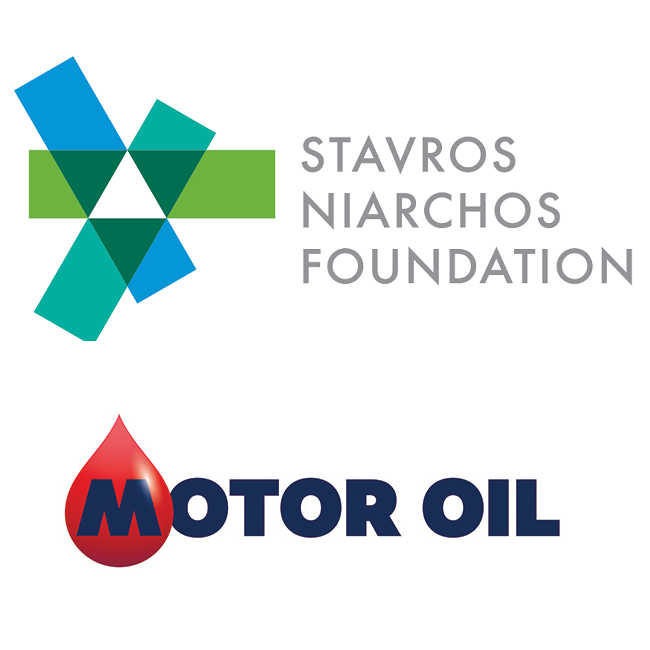
Project «Quantitative Risk Assessment of Accidental Release of Hazardous Materials in an Oil Refinery and the Surrounding Area», funded by the Stavros Niarchos Foundation, Industrial Postdoctoral Fellowship. Advisor NCSR “D” Institute: Dr. Zoe Nivolianitou, Mentor Motor Oil (HELLAS): Mrs Evagelia Stefa, Postdoctoral Research Fellow: Dr. Christos Argyropoulos, Company/Co-funder: Motor Oil Hellas, [2018-2021]
Major industrial accidents involving the release of hazardous pollutants are continuously reported worldwide, with significant impacts on environment, economy, and workers’ & nearby inhabitants’ health. Hazardous substances can be either toxic, or flammable, or explosive or a ombination of the previous. For hazardous substances in airborne form, experience has shown that the transport of contaminants by a windblown plume can distribute potentially hazardous materials over long distances, resulting in possible serious environmental and health problems that are difficult to address. As a result, it is important to be able to predict the ground level concentrations of the pollutants and the direction of the plume trajectory over a wide range of meteorological conditions. However, the massive release of accidental hazardous substances is often accomplished with potential fire and explosions in the process facilities or fuel storage tank farm, resulting in cases where the first accident can lead to additional ones (domino effects). As a result, increased severity of the off-site consequences is observed, which is difficult to be effectively predicted and monitored.
The purpose of the present project is elaborate a Quantitative Risk Assessment (QRA) of accidental scenarios in an oil refinery (MOTOROIL HELLAS) and the surrounding area involving the release of hazardous substances, such as liquid fuels, vapor hydrocarbons and toxic substances. In the complex industrial facilities for different meteorological conditions (e.g. wind direction and speed, atmospheric stability conditions); additionally, it also aims at determining the safety distances of a potential domino chemical accident in the surrounding area from adjacent process facilities and the overall consequences to the environment and the population of the surrounding area. Finally, it is of high importance that the findings of the present study a) improve the computational tools that will be used and b) make a decisive update of the current emergency planning scheme in the greater area of the oil refinery.
